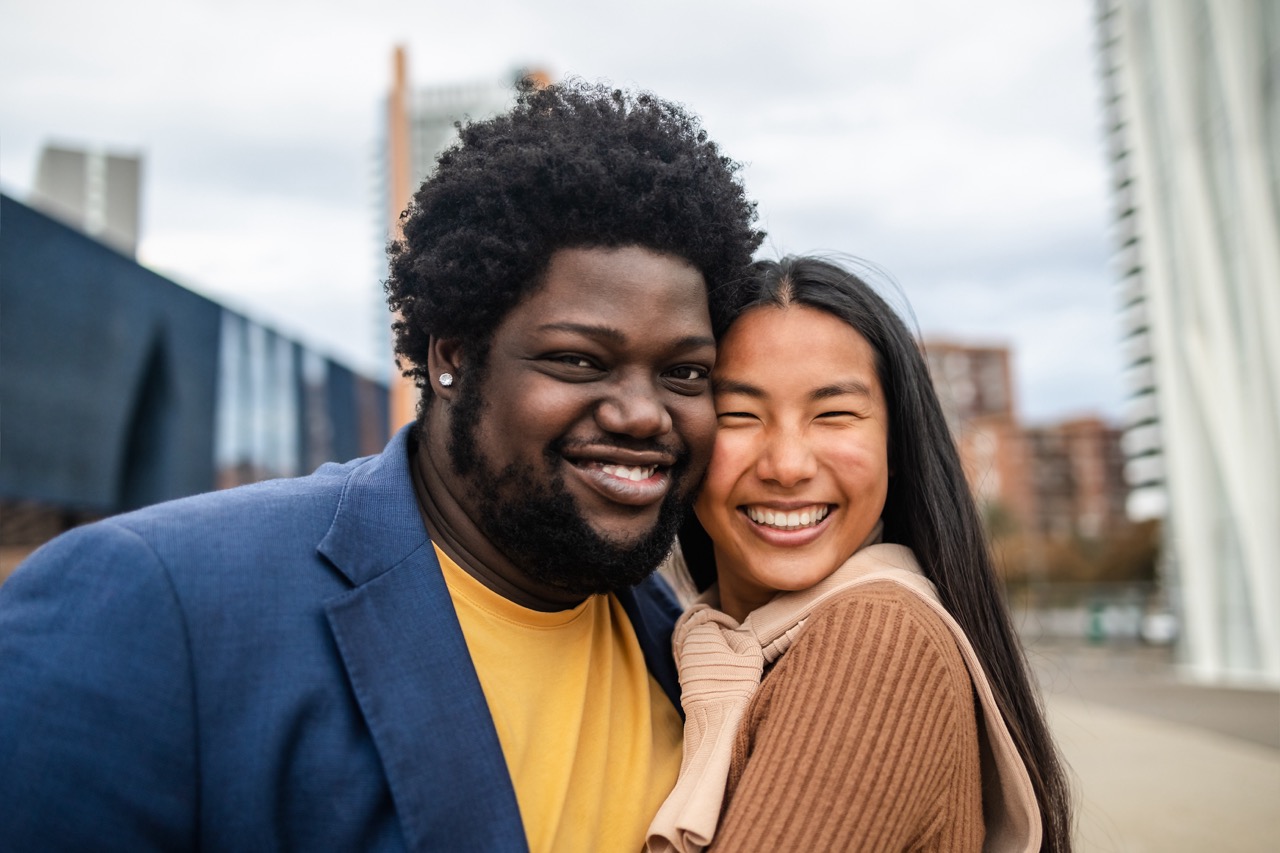Asking someone out in person can be both exhilarating and nerve-wracking. The prospect of expressing your feelings face-to-face brings a unique set of challenges and rewards. To help navigate this delicate social situation, it’s essential to consider various factors that can influence the outcome. This article will outline the do’s and don’ts of asking someone out in person, providing practical advice to enhance your approach, improve your communication, and bolster your confidence.
Understanding the Importance of Timing and Setting
Choosing the right moment to ask someone out is crucial. Timing can significantly affect how your invitation is received. For instance, catching someone when they are relaxed and in a good mood can create a more open atmosphere for your request. Look for moments when the other person seems engaged in conversation or enjoying themselves, as this will help set a positive tone for your interaction. Conversely, approaching someone in the middle of a stressful situation may lead to an unfavorable response.
The setting also plays a pivotal role in how your invitation is perceived. Opt for a comfortable and private location where the person doesn’t feel pressured or exposed. Public places like coffee shops or parks can work well, as they provide a casual environment conducive to conversation. Avoid initiating such discussions in crowded or noisy areas, where distractions may hinder your ability to communicate effectively or for the other person to hear and respond to your invitation.
Lastly, consider the context of your relationship with the person you want to ask out. If you have established rapport and friendship, the timing may feel more natural. On the other hand, if the two of you have just met, it might take more time to build a connection before broaching the subject of dating. Patience can be just as important as timing, as rushing into an invitation may lead to misunderstanding or discomfort.
Crafting Your Approach: How to Start the Conversation
Starting the conversation can be daunting, but a thoughtful approach can ease the process. Begin with small talk to establish rapport and create a comfortable atmosphere. Simple questions about shared experiences, interests, or current events can help break the ice and lead to a more personal discussion. This method allows both parties to engage and feel at ease before delving into more significant topics, such as asking them out.
When you feel the time is right, transition into expressing your interest. Be direct yet gentle; clarity is essential, but so is sensitivity. Acknowledge your feelings and communicate them openly. For instance, saying something like, “I’ve really enjoyed our conversations and would love to get to know you better over coffee sometime,” can convey your intentions without overwhelming the other person. Framing your request positively makes it easier for them to respond in kind.
It’s also vital to maintain a friendly demeanor throughout the conversation. Your tone of voice, facial expressions, and choice of words all contribute to the message you convey. Approach the person with warmth and enthusiasm, but avoid coming across as overly intense or desperate. A calm and relaxed attitude will help make the experience enjoyable for both parties and set the stage for a positive interaction.
Navigating Body Language: Signals to Look For and Avoid
Body language can be a powerful indicator of how someone is feeling during your conversation. Pay attention to their facial expressions, posture, and gestures. Signs of openness, such as leaning in, maintaining eye contact, and smiling, suggest that they are receptive to your invitation. If they appear engaged and interested in the conversation, it’s likely a good moment to ask them out. Conversely, if they are crossing their arms, avoiding eye contact, or displaying fidgety behavior, these may be signals of discomfort or disinterest.
Moreover, your own body language is equally important. Maintain an open and inviting posture to encourage a positive exchange. Avoid closed-off gestures like crossing your arms or turning away; these can come across as defensive or insecure. Instead, nod and smile as they speak to show that you are engaged and interested in the conversation. Effective body language can help build rapport and create a more inviting environment for your romantic proposition.
Finally, be aware of any shifts in body language once you make your invitation. If they seem to relax and smile in response, this is usually a positive sign. On the other hand, if their body language becomes tense or withdrawn, it may indicate that they are feeling pressured or uncomfortable. Respect their feelings and adjust your approach accordingly, whether that means continuing the conversation lightly or gracefully transitioning to another topic.
Responding Gracefully: Handling Acceptance and Rejection
When you ask someone out, it’s important to be prepared for either response—whether they say yes or no. If they accept your invitation, express your excitement and gratitude! This affirmation creates a positive atmosphere for your budding relationship. Propose a specific plan to solidify the arrangement, such as suggesting a particular day and time for your outing. Your enthusiasm will help establish the groundwork for a successful date and foster a sense of connection between you both.
However, if the person declines your invitation, it’s essential to respond gracefully. Thank them for their honesty and don’t take it personally. Rejection is a natural part of social interactions, and maintaining composure shows maturity and respect for their feelings. Instead of dwelling on the disappointment, consider expressing appreciation for the conversation you’ve had, and allow the dialogue to shift back to lighter topics. This approach can help preserve the friendship and leave the door open for future interactions.
Regardless of the outcome, reflect on the experience afterward. Each interaction offers valuable lessons that can enhance your confidence and skills for future endeavors. Whether you succeeded or faced rejection, remember that asking someone out is a brave step that fosters personal growth. Keep practicing, stay true to yourself, and you may find that your efforts eventually lead to the connections you seek.
Navigating the complexities of asking someone out in person requires a blend of timing, approach, and emotional intelligence. By understanding the dynamics of timing and setting, crafting a friendly approach, reading body language, and responding gracefully, you can enhance your chances of a positive outcome. Remember that every interaction offers growth opportunities, whether it leads to a romantic relationship or strengthens your ability to communicate effectively. With practice and patience, the art of asking someone out can transform from a daunting task into a fulfilling experience.





